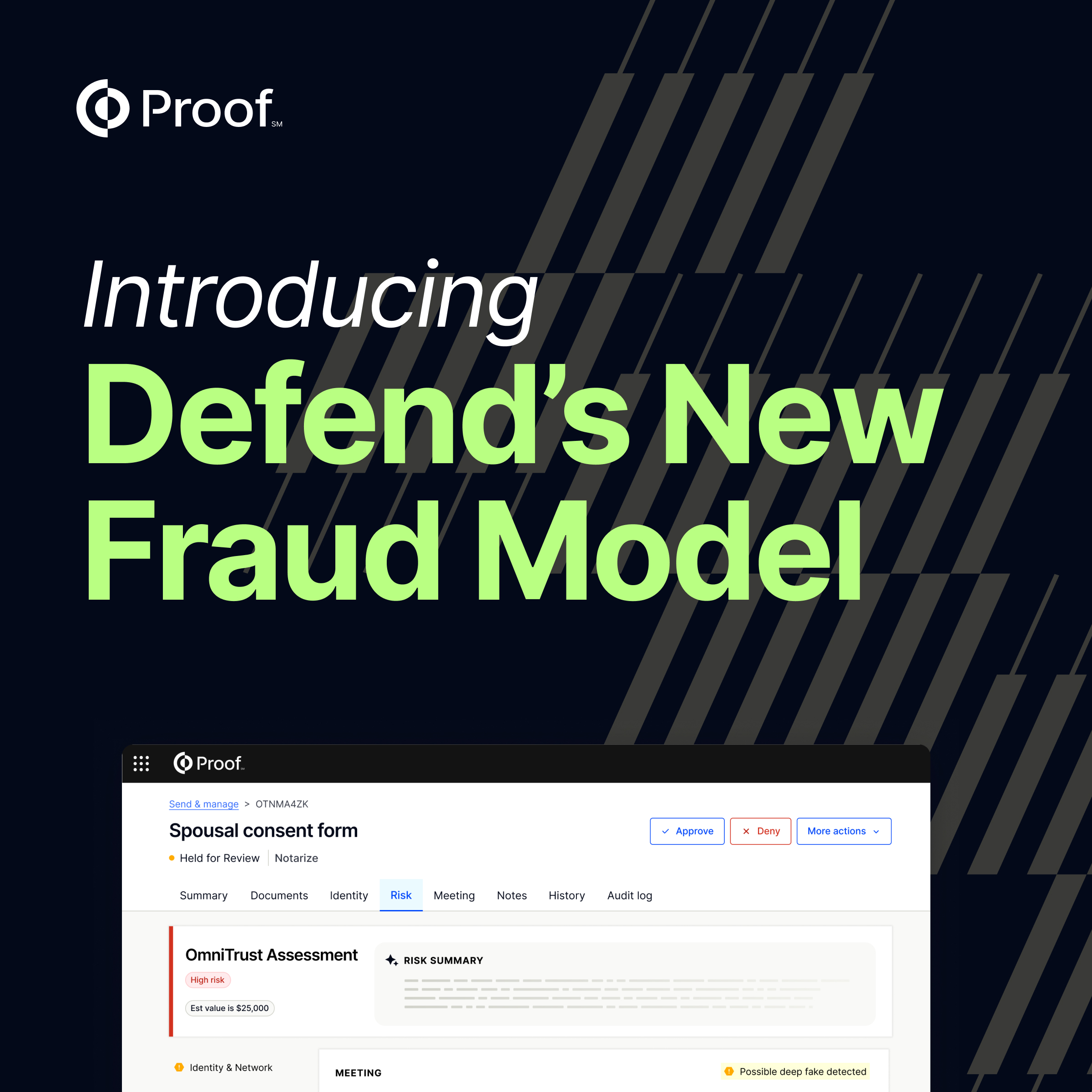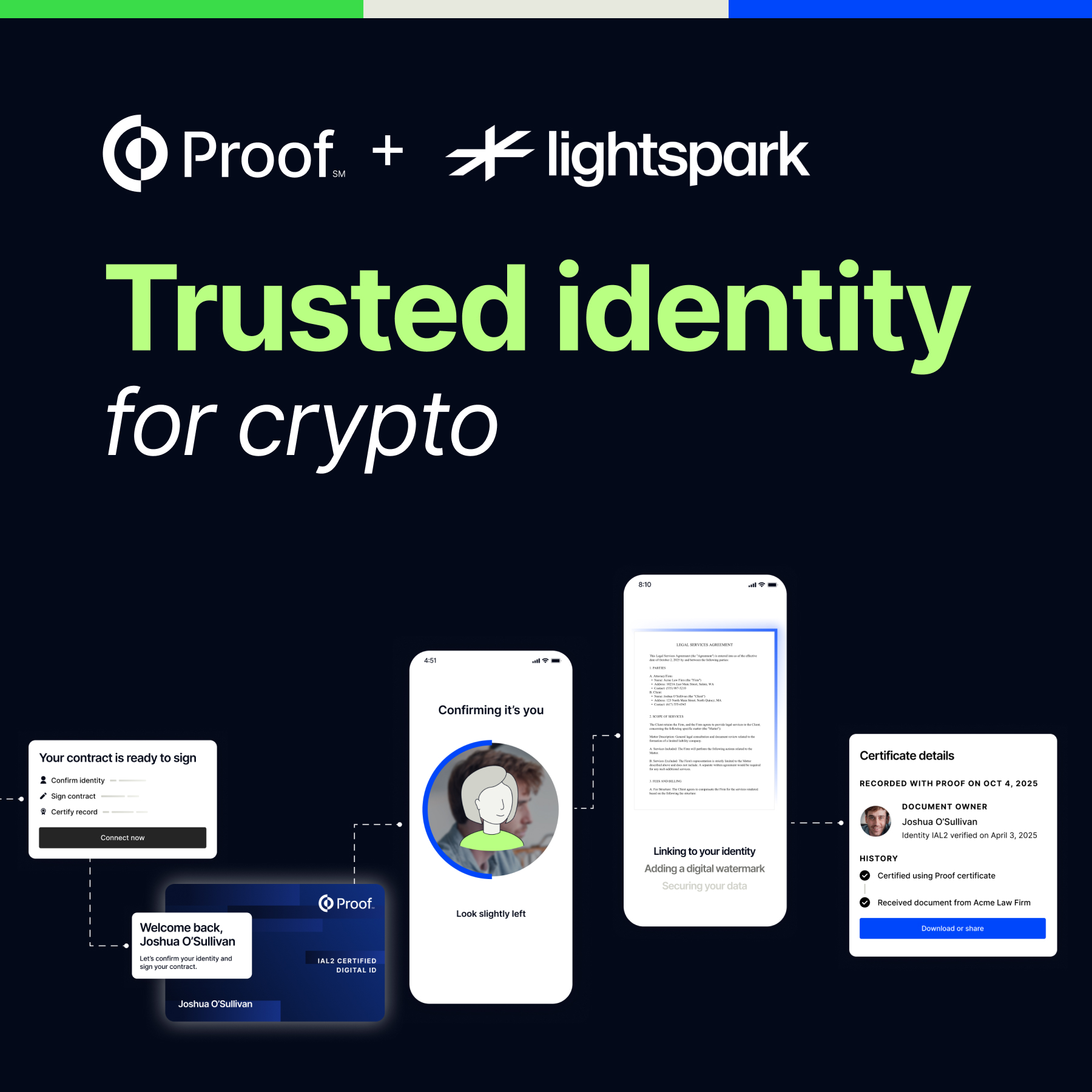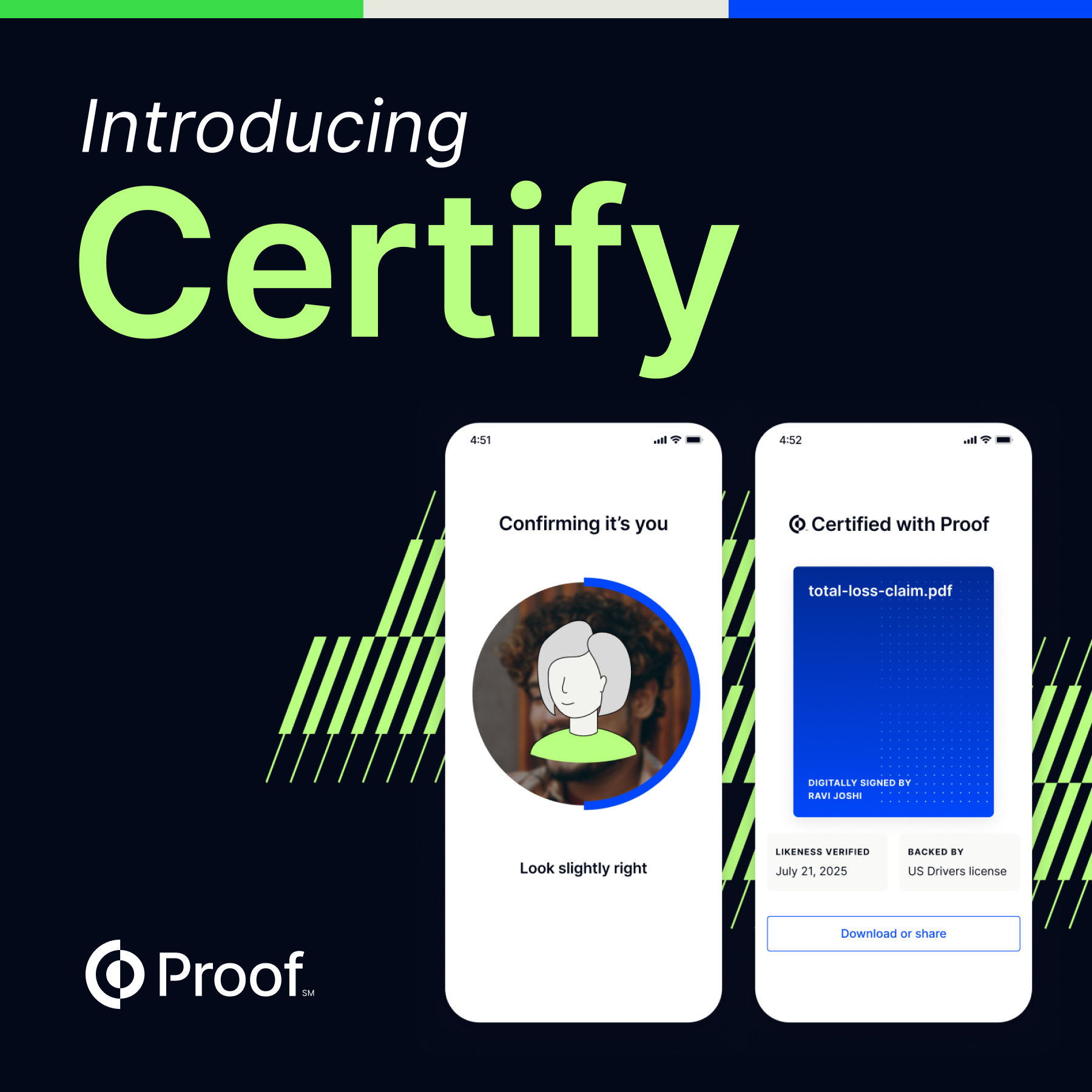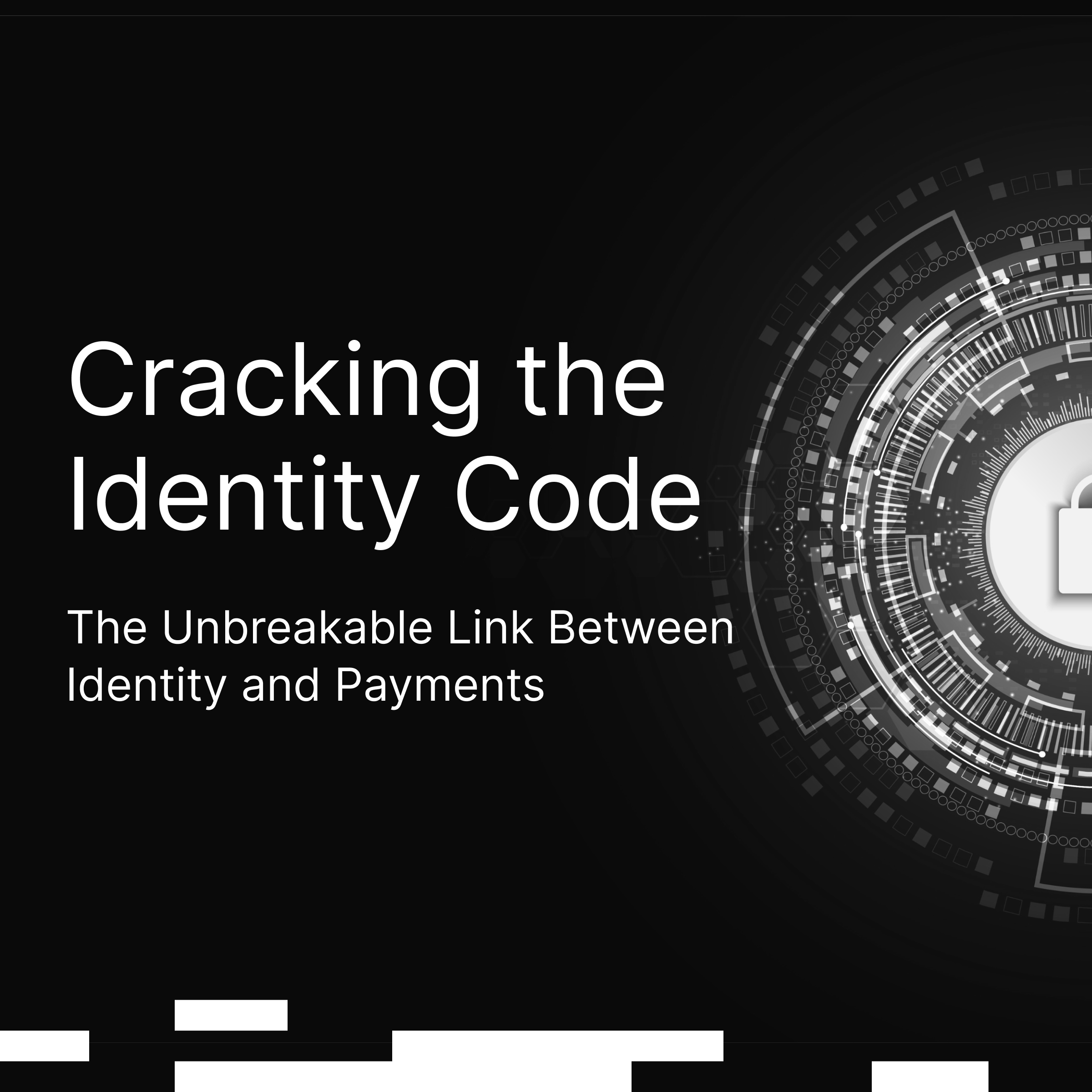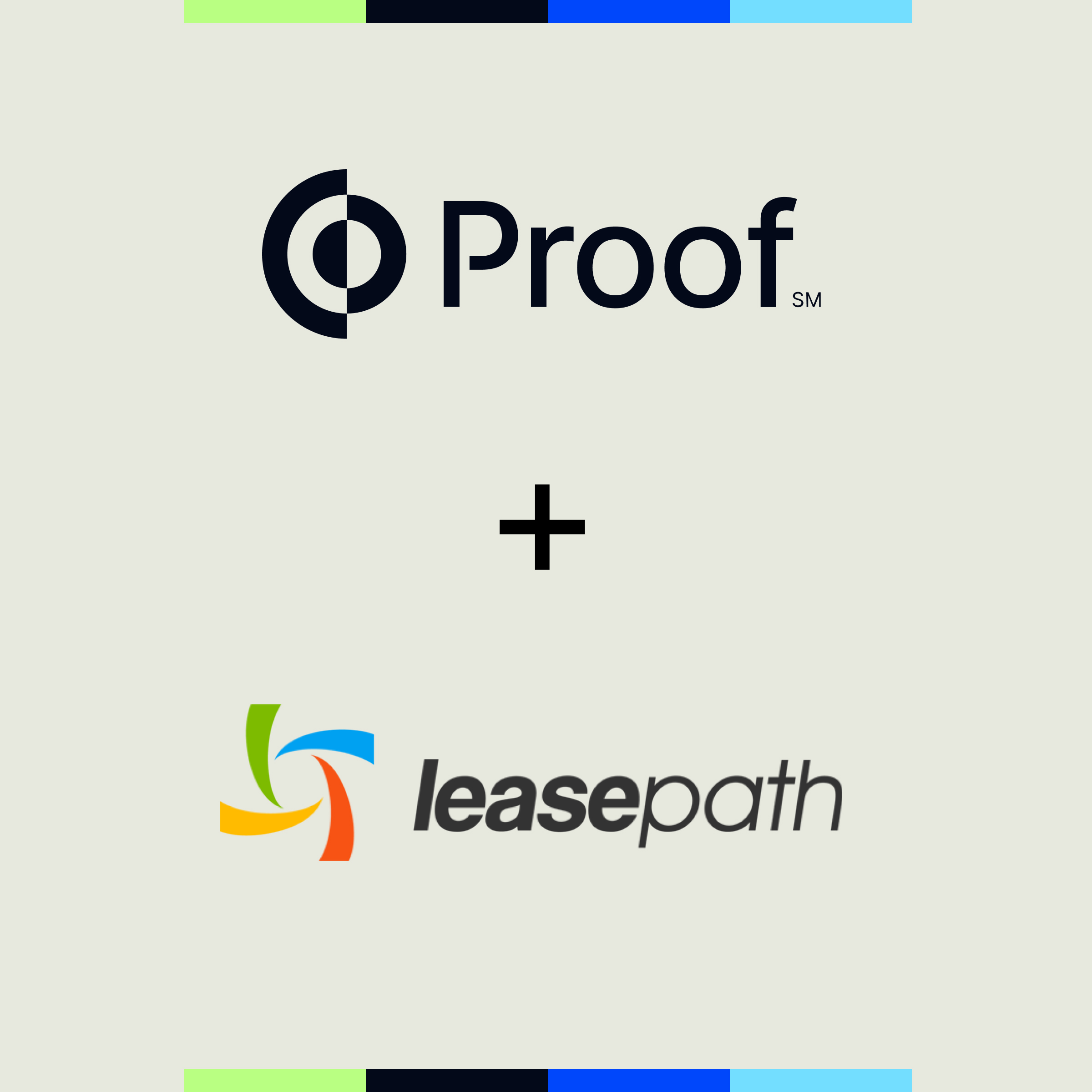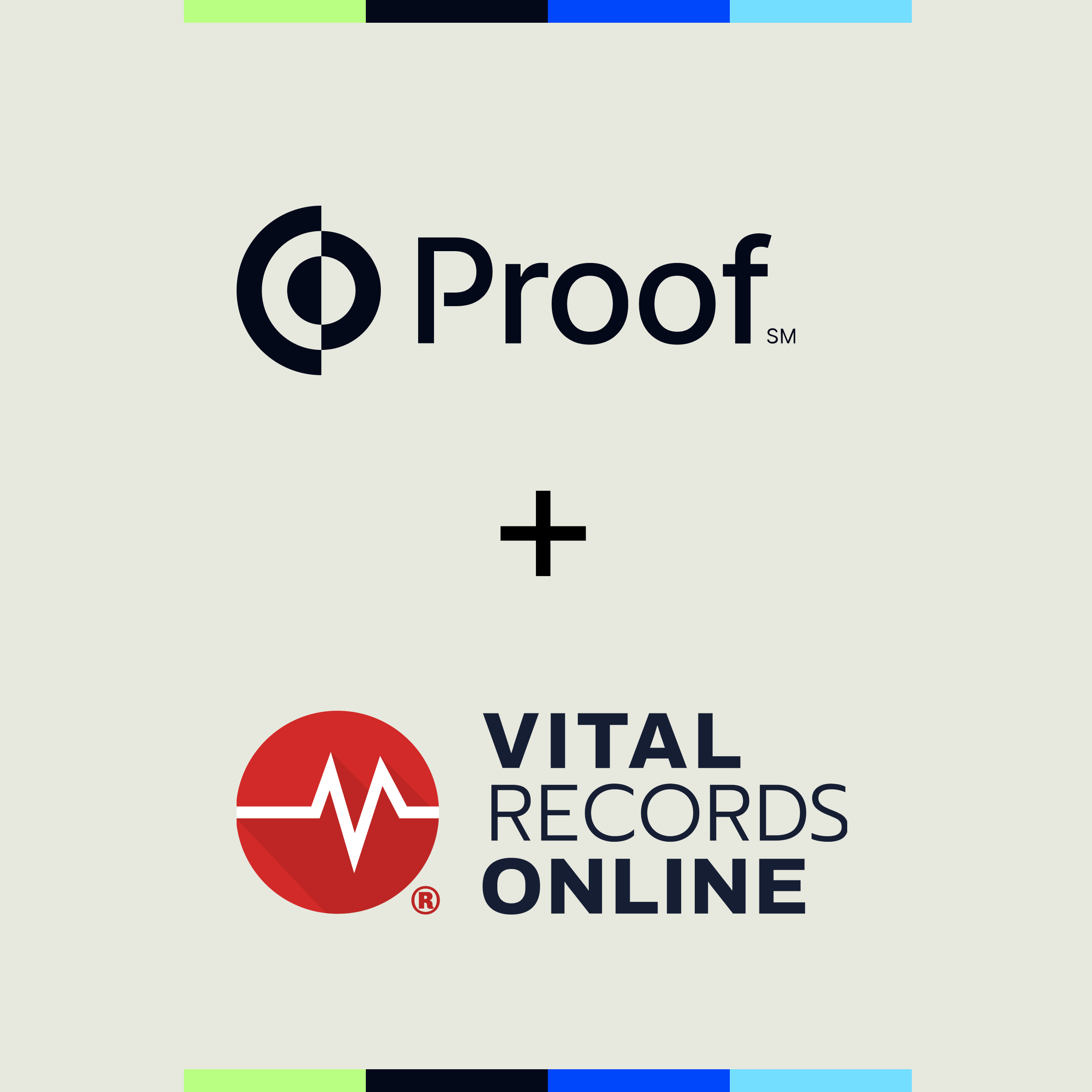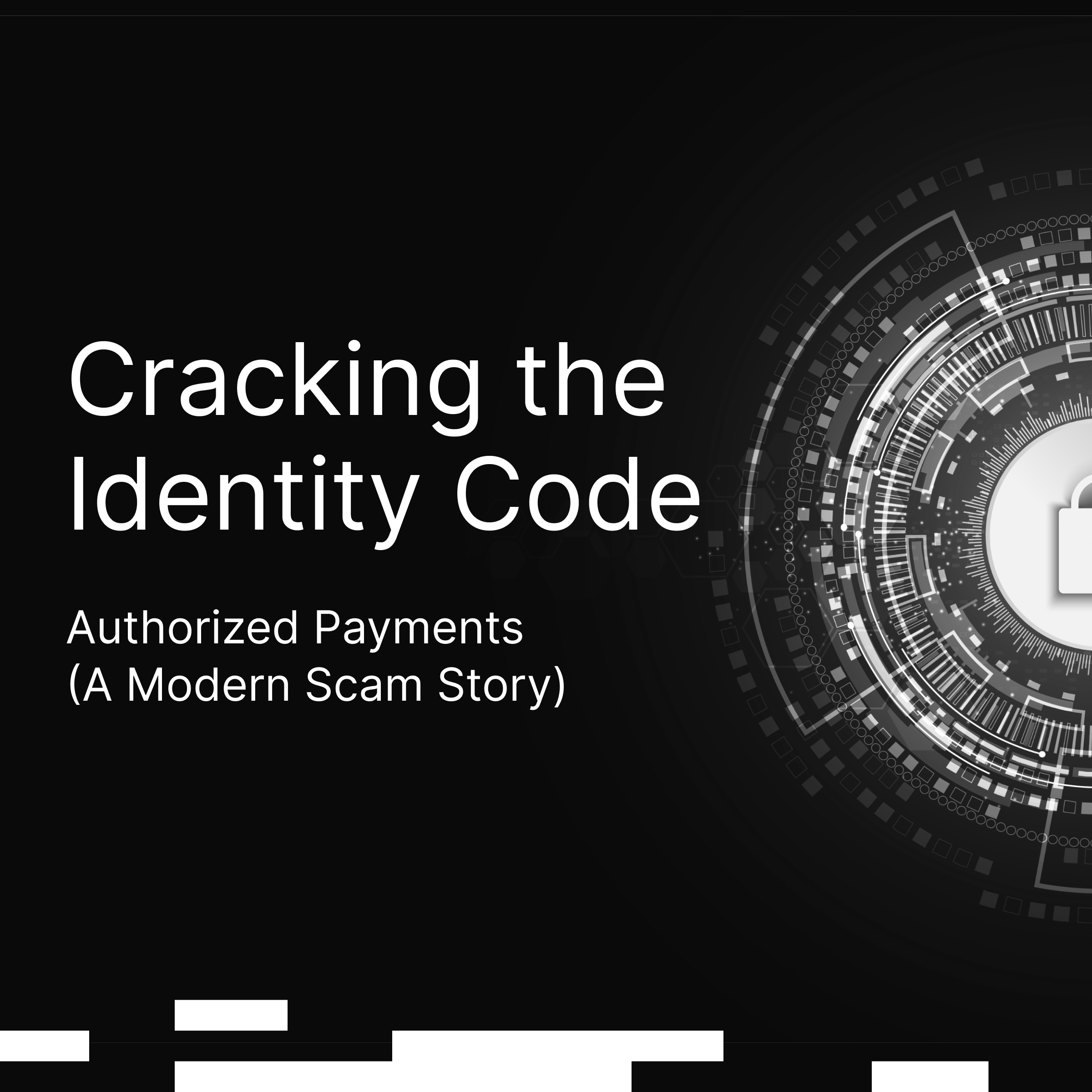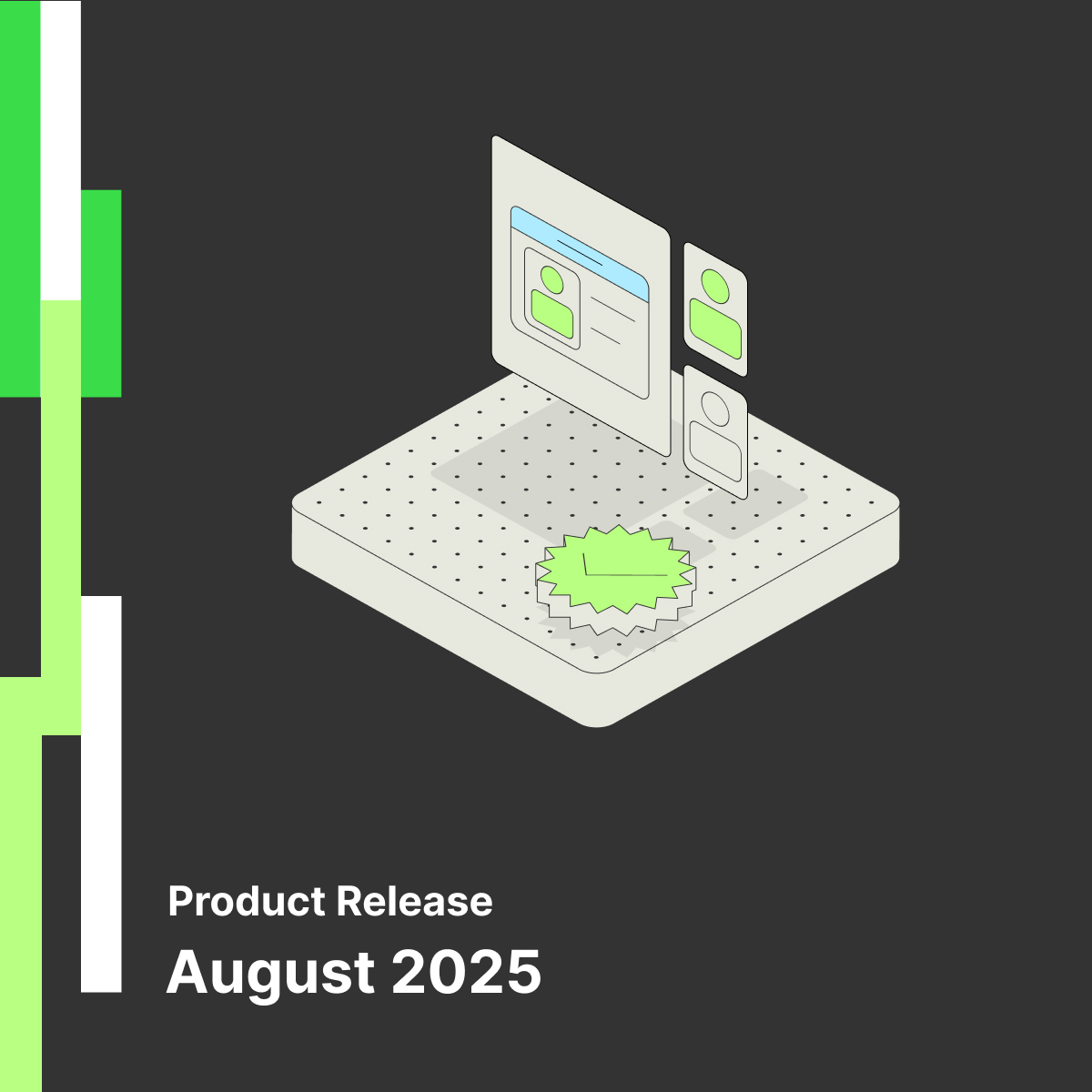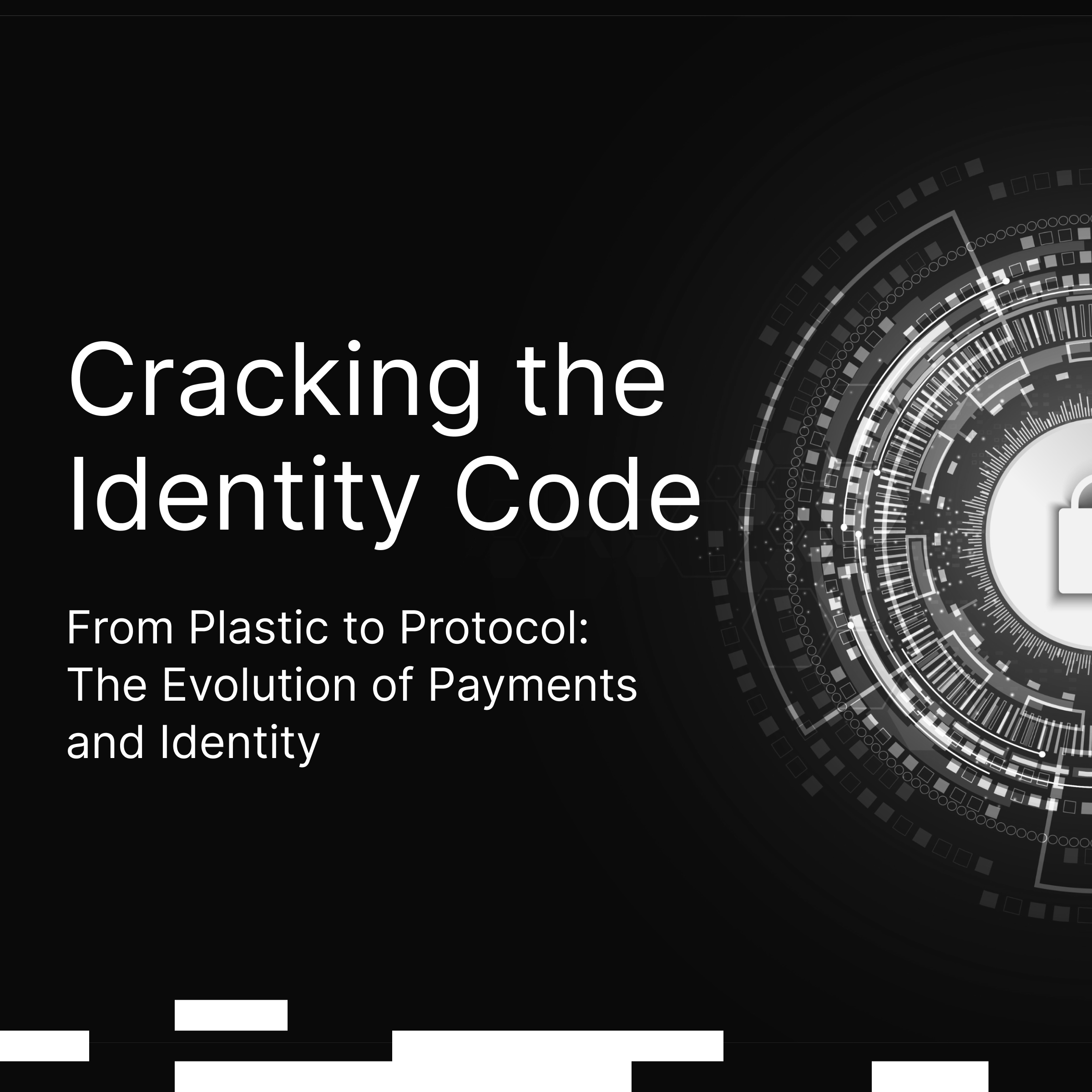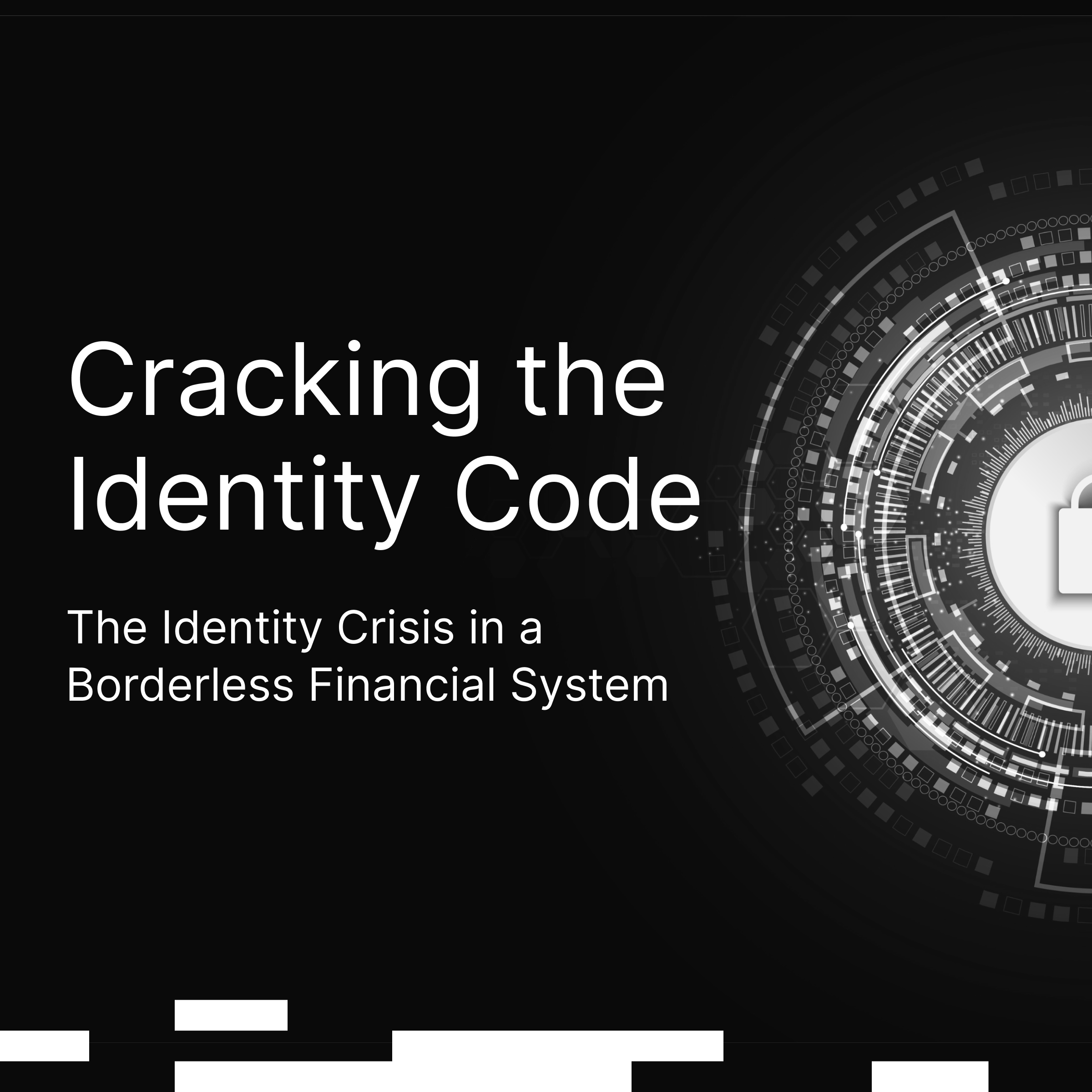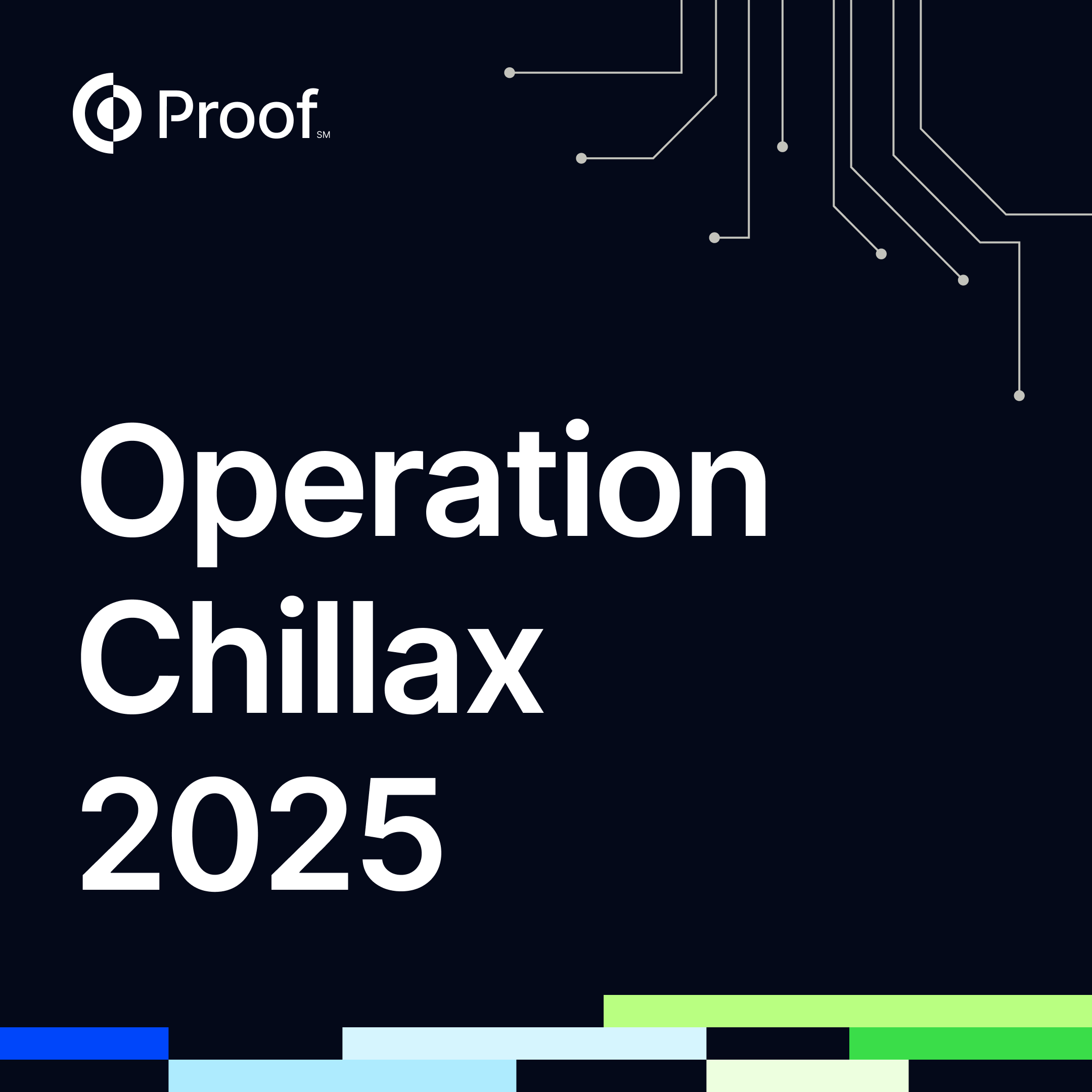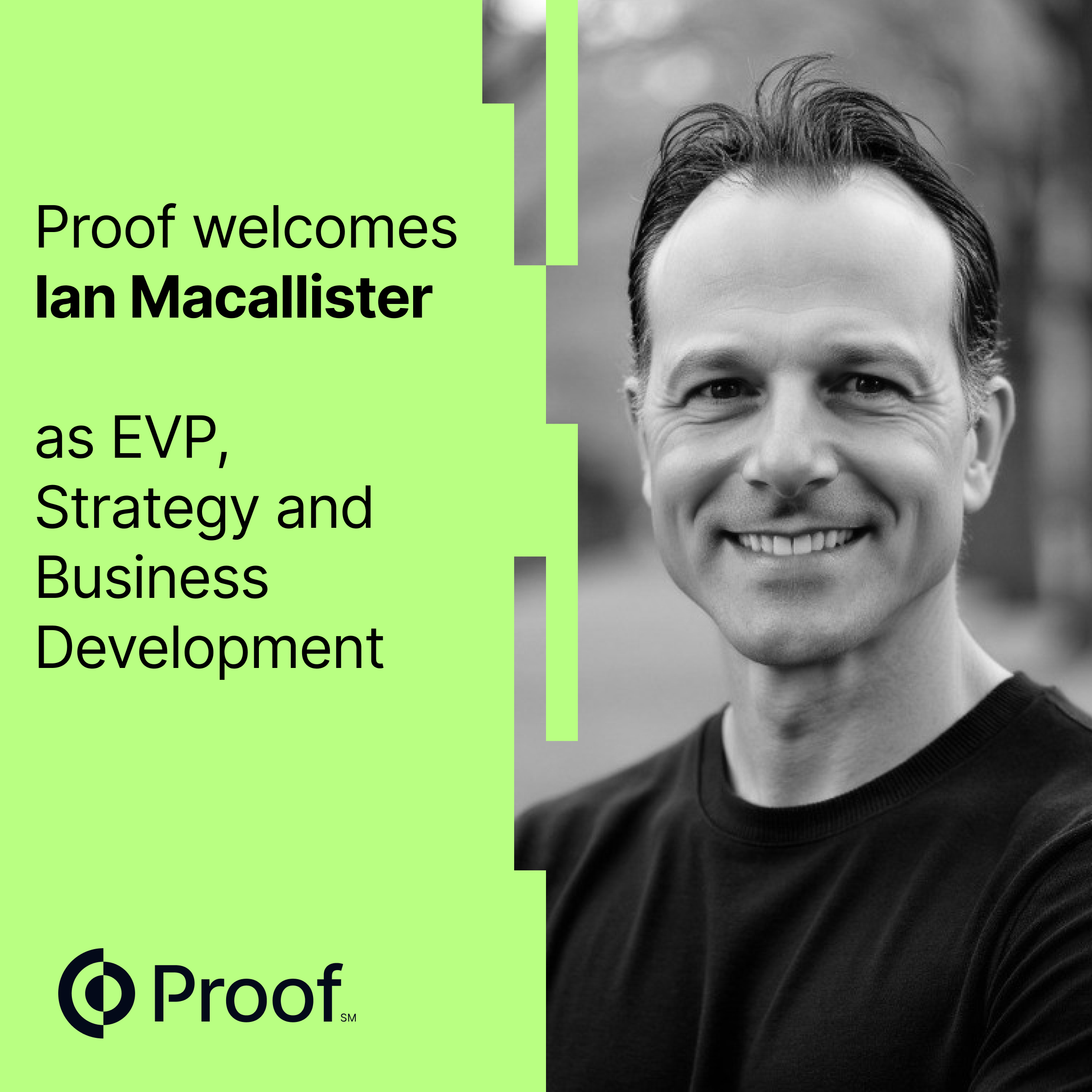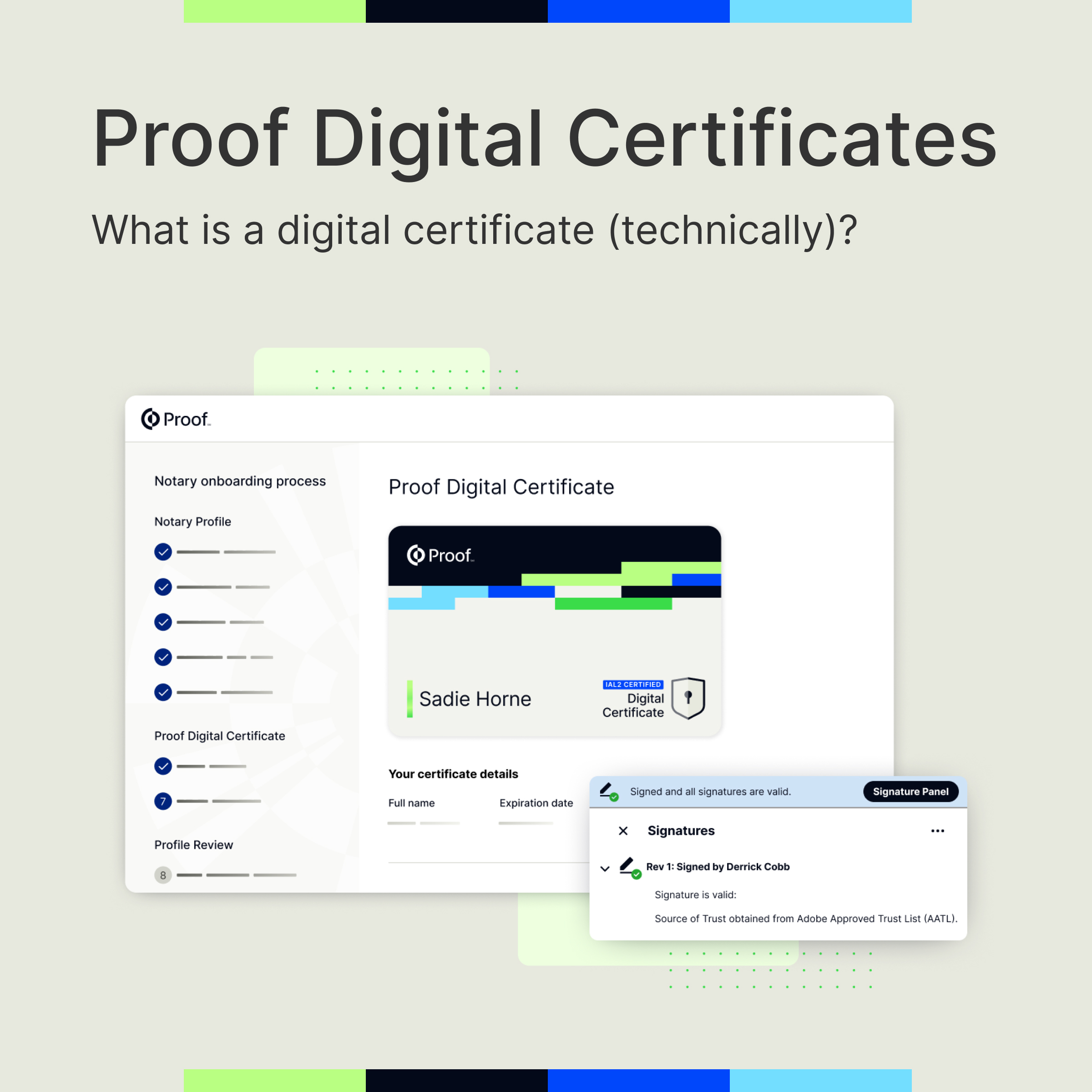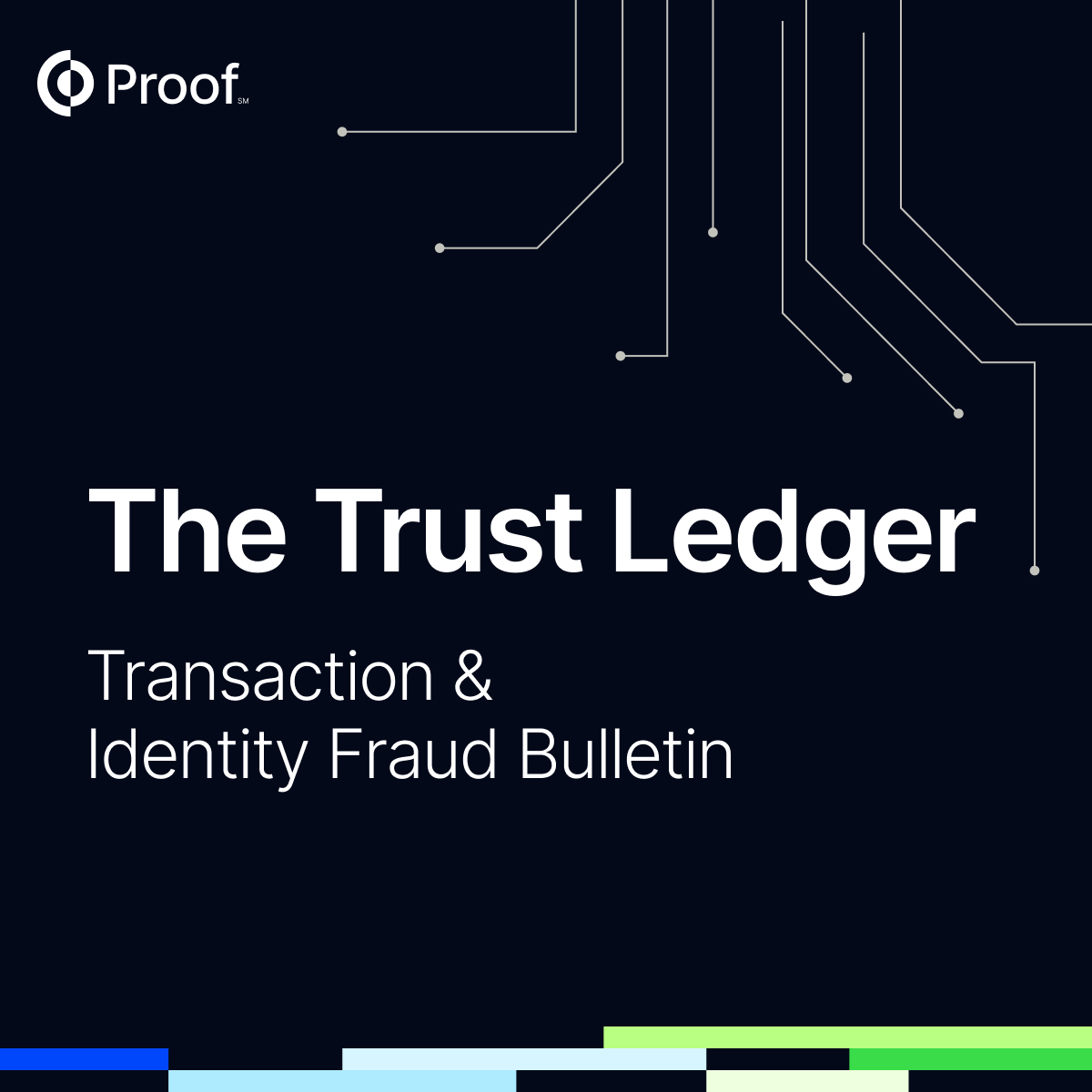When a Resume Isn’t Enough: Stopping Fraud Before the First Interview


In the age of remote work, your next applicant could be anywhere in the world. So could a very convincing imposter.
When Okta uncovered more than 130 identities tied to North Korean IT workers applying for legitimate roles, the threat became impossible to ignore. These weren’t data breaches or malware attacks. They were job applications. Every resume, portfolio site, and interview was part of a coordinated infiltration effort aimed at embedding sanctioned workers deep inside legitimate organizations.
Most companies aren’t built to stop that kind of deception. Recruiting tools are designed to assess talent, not authenticity. An ATS can check for keywords and formatting but cannot confirm whether the person submitting the form is real.
Fraud now begins long before onboarding starts. The question every organization must answer is simple: Who’s really behind the resume?
The New Entry Point for Fraud
Fake applicants are no longer rare. They are part of a growing global industry. Fraud rings assemble synthetic identities, buy stolen resumes, and even hire stand-ins to appear on live video interviews. Once hired, these impostors gain access to sensitive systems, codebases, or customer data.
By the time someone realizes what happened, it’s often too late. Data has been copied. Accounts have been compromised. The organization’s reputation has taken a hit. The solution isn’t adding more interview rounds or background checks. It’s creating a reliable way to confirm identity before anyone ever reaches that stage.
That’s where Proof comes in.
With Identify, organizations can verify real human identity at the very start of the onboarding process. Before a resume is reviewed or an interview is scheduled, Proof helps confirm that the person behind the application exists and owns the identity they claim.
It’s quick and can integrate directly into recruiting and onboarding systems. Applicants complete a secure identity verification process that validates a government ID, checks for document authenticity, and confirms liveness through a short, guided video session.
For legitimate applicants, the experience is simple. For impostors, it’s a barrier they can’t easily bypass.
And with Certify, verification doesn’t end when the ID is confirmed. It becomes a persistent credential that follows the applicant through future onboarding steps. Certify transforms a one-time verification into a reusable, portable proof of identity. Once a person has been verified through Proof, that credential can be re-used for later stages of the process or future engagements with the same organization.
That continuity is what stops identity fraud from slipping through the cracks between teams or platforms. The same verified credential that began at resume submission can carry through to background checks, onboarding, and eventual access provisioning—creating a single chain of trust from the first interaction onward.
The Hidden ROI of Early Verification
Fraud caught early is fraud that never becomes expensive. The average cost of remediating insider or credential-based attacks is measured in millions. Stopping them before they start is one of the most effective ways to protect both financial and reputational capital.
When identity is verified from the first step, the benefits cascade across the organization:
- Recruiters spend less time sorting fake profiles and more time interviewing real candidates.
- Security teams gain a verified trail of accountability from day one.
- Leadership gains confidence that compliance, governance, and brand integrity are protected.
- Identify and Certify turn what used to be a vulnerability into a verifiable moment of trust.
A Better Beginning
Remote hiring and global workforces aren’t going away. But neither is fraud. The difference lies in how organizations prepare. Those who treat identity verification as a first step, not a final formality, are the ones who stay ahead.
When every applicant interaction starts with Identify and issues a reusable credential through Certify, the entire onboarding lifecycle becomes more secure, more efficient, and more trustworthy.
A resume can show what someone claims to have done. Proof shows who they truly are.
Disclaimer: Proof’s products are designed solely for identity verification and fraud prevention. They are not to be used to evaluate a candidate’s qualifications, character, or suitability for employment.






















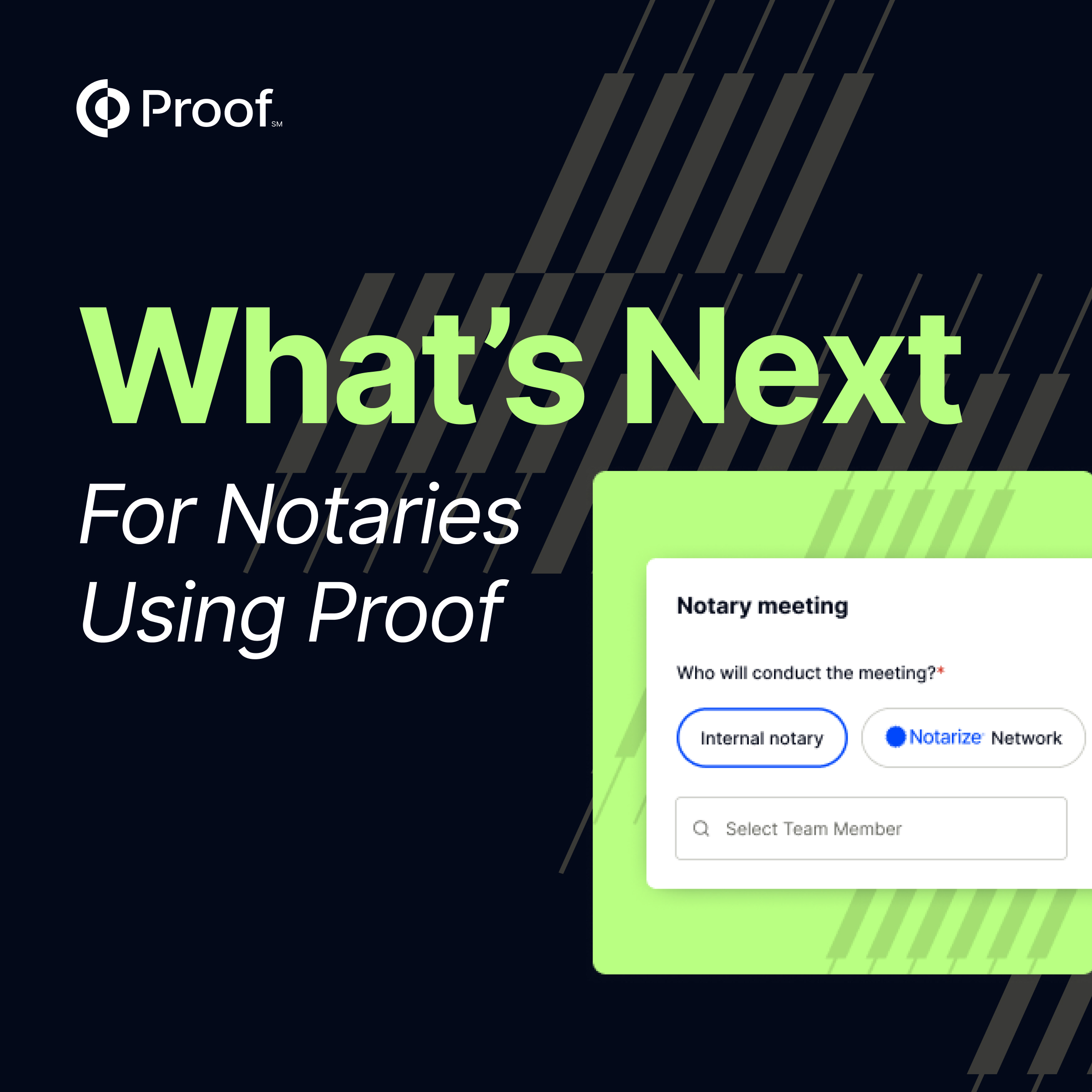


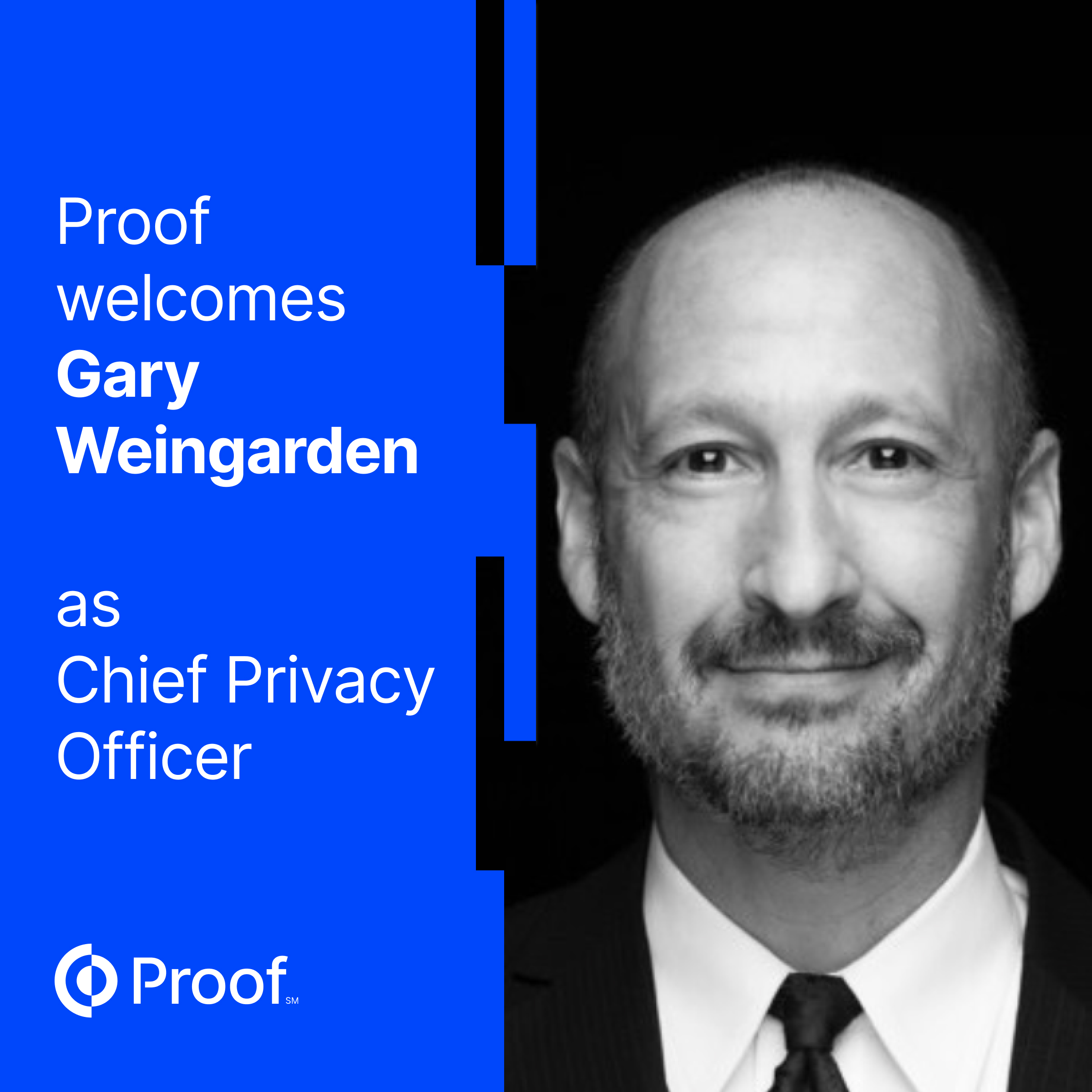


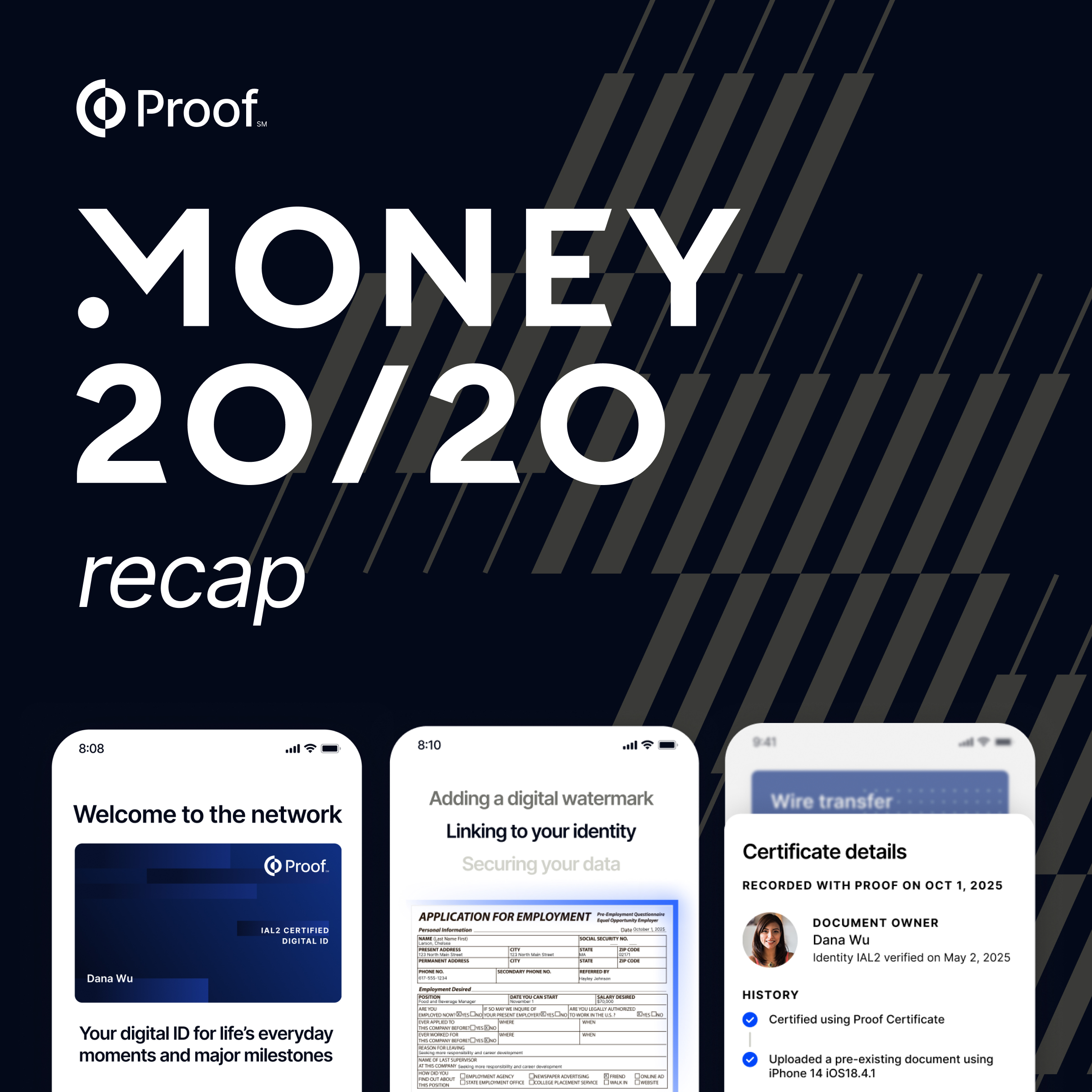





.png)


.jpg)
